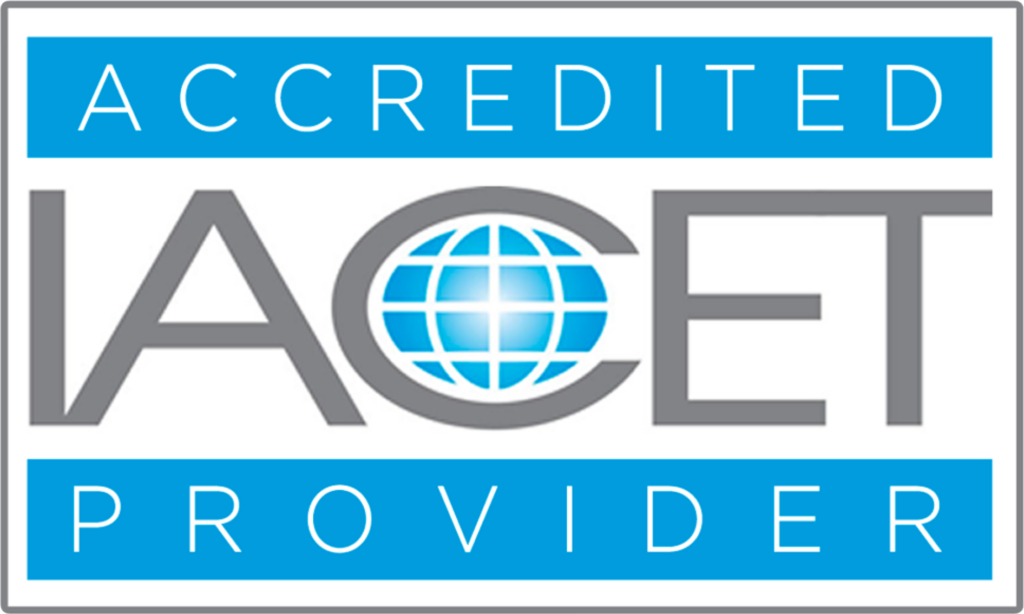
The Challenge
Initially tasked with evaluating the potential design of a BSL-3 laboratory at Sirius, our partnership evolved when CNPEM returned to discuss the feasibility of integrating a BSL-4 laboratory with a synchrotron. The prospect of creating the world’s first maximum containment facility integrated with a synchrotron is exceptional and holds unprecedented advantages in the biocontainment industry. This visionary project opens doors to endless research capabilities, pushing the boundaries of what is possible in biosafety and scientific exploration.
The Solution
World BioHazTec played a pivotal role in the BSL-3 laboratory design process through comprehensive programming workshops. During these workshops, we collaborated closely with the Principal Investigator and lab users, guiding them through a meticulous risk assessment approach. The objective was to identify guidelines and requirements that would serve as the foundational framework for the design.
Applying the World Health Organization (WHO) model, World BioHazTec performed risk assessments to minimize and eliminate potential threats throughout the entire lifecycle of the BSL-3 laboratory—from design and construction to commissioning, certification, and operation. This approach ensured that every phase of the lab’s development was strategically planned to mitigate risks effectively.
In addition, World BioHazTec conducted a feasibility analysis to ascertain the suitability of the synchrotron site for the BSL-3 laboratory. This assessment aimed to provide assurance that the chosen location would meet all necessary criteria for the successful integration of the laboratory with the synchrotron.
CNPEM engaged World BioHazTec for further exploration discussing the feasibility of integrating a BSL-4 laboratory with a synchrotron after the issuance of the BSL-3 laboratory conceptual design. World BioHazTec facilitated two workshops, addressing questions related to BSL-4 design, commissioning, operations, and maintenance. These workshops served as a platform for in-depth discussions covering various aspects of BSL-4 facility management. World BioHazTec not only shared expertise on the technical aspects but also delved into the critical considerations of human resource capacity needs. The workshops provided detailed guidance on personnel requirements and the necessary competencies to ensure the sustainable and successful operation of both BSL-3 and BSL-4 laboratories.
The Result
World BioHazTec undertook a comprehensive approach to the conceptual design of the BSL-3 and BSL-4 laboratories. Through a thorough process involving questionnaires, discovery meetings, and room data sheets, World BioHazTec gathered information to craft and submit a detailed BSL-3 laboratory conceptual design.
Furthermore, World BioHazTec prepared a conceptual design for the BSL-4 laboratory, serving as a crucial reference for government leaders. This step not only provided a clear blueprint for the envisioned facility but also played a strategic role in garnering support and understanding at the highest levels.
In addition to the conceptual designs, World BioHazTec conducted benchmarking activities comparing the proposed BSL-3 and BSL-4 laboratories with other laboratories. This benchmarking process aimed to ensure that the designs were not only cutting-edge but also aligned with and surpassed industry standards.
Related Success Stories


Dugway Proving Ground, Utah


Agri-Food and Veterinary Authority, Singapore


Fujifilm Diosynth Biotechnologies, College Station, Texas

World BioHazTec is an Accredited Provider (AP) of the International Association for Continuing Education and Training (IACET). As an IACET Accredited Provider, World BioHazTec offers IACET CEUs for its learning events that comply with the ANSI/IACET Continuing Education and Training Information.




